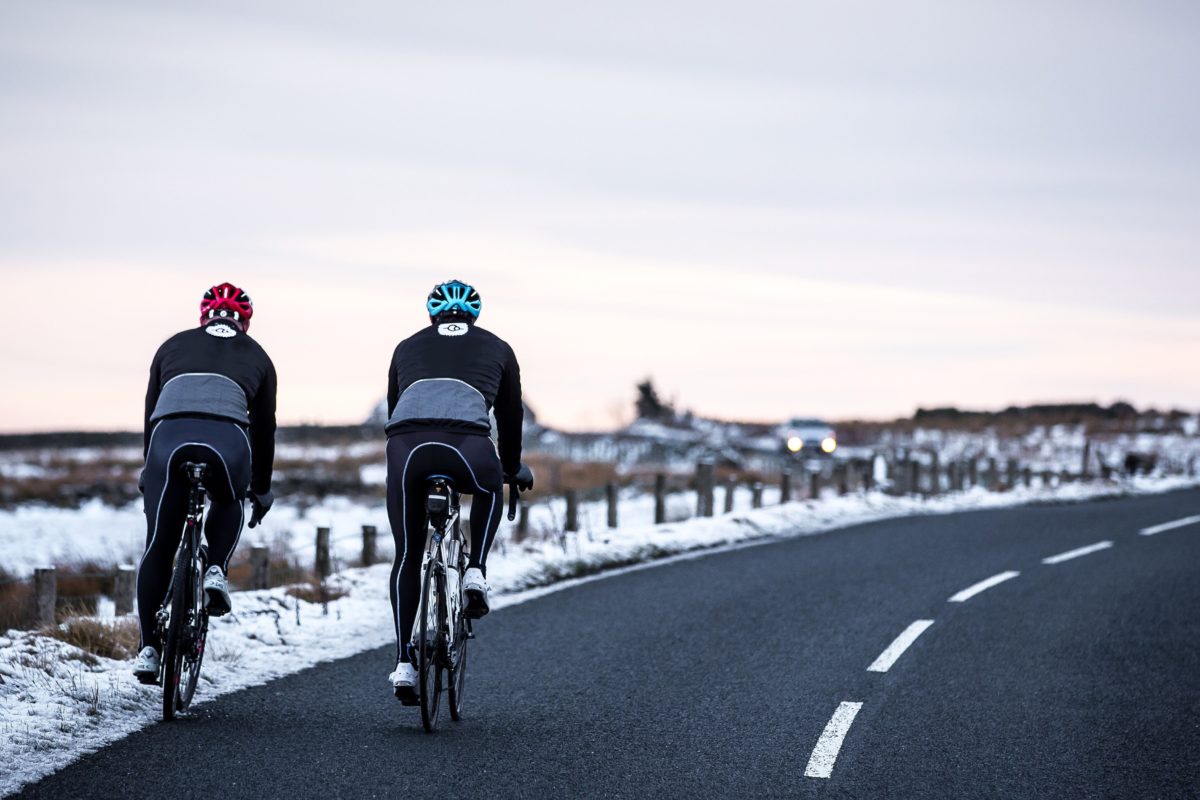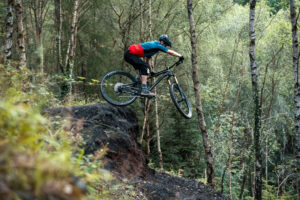On the rack: Cutting man boobs down to size

The year is sure turning out better than it began. It looks like a Coronavirus vaccine has been discovered; the Donald has been defeated in the US presidential election and pro cycling managed to somehow jimmy in a (pretty damn good) season amid the pandemic madness.
There was something of a doping vibe to it all, with all the testing and occasional COVID controls returning positive results and riders and sometimes whole teams sent packing to an isolation chamber to ponder what might have been if the COVID hadn’t pierced their securo-bubbles.
There were even apparent false positives with Australia’s in-form Bling Matthews forced to exit the Giro early doors after an adverse COVID finding only to test negative a day or two later – not the best way to finish up with his German Sunweb team before shifting back to Aussie outfit Mitchelton Scott next season. These are strange days.
Gynecomastia & pseudogynecomastia: Confronting man boobs
I’ve certainly appreciated having some pro bike racing to watch in my Berlin iso igloo but something I’ve appreciated less that has accompanied winter’s arrival is this: man boobs. Dial back the kilometres as the days draw in while upping the winter food foraging a bit and before you know it there they are: a fine pair of chesticles.
Your body has responded by depositing some of the calorific excess in the form of adipose fat around your breast region, a process science has deliciously titled pseudogynecomastia, and which the common man has significantly expanded upon (mooters anyone?).
Then there is gynecomastia: where breast size increases but due to hormonal shifts rather than shifts in the daily calorific balance sheet – although it be accentuated if being overweight or obesity is a factor.
Basically male testosterone levels tend to tumble as we age (while oestrogen levels can rise) and this can manifest in increased breast tissue and fat and is why MAMILs with moobs are quite common even in the zippiest of pelotons chock full of well-trained patrons.
Diet can still be a factor here though as low-fat, high blood sugar, alcohol and phytoestrogen levels have all been linked to testosterone levels.
In some countries 1-in-2 males will suffer from gynecomastia at some stage of their lives and it is also common among male babies and teenage boys when hormones are fluctuating wildly. Testosterone levels can drop 20-50% between the ages of 50 and 80, but the T drop can begin in men much younger, even in their 20s or 30s and typically declining by about 1-2% a year.
Many a man may be fine with their man-ary glands, but others have reported diminished body confidence and self-esteem, anxiety, embarrassment, panic attacks, social phobias and even depression. Some resort to breast-reduction surgery or hormone modulation medications. Gynecomastia can also affect each breast differently, leading to different-sized bazookas and can be accompanied by sore breasts and rather unpleasant nipple discharges.
Cycling lycra will of course do little to conceal a shapely manrack. It might not be right but the fact is the current consensus runs to this formula: MAMIL + moobs = undesirable. A 50 year-old man with a happy family, successful career, cutting edge pro-level steed and decent riding rep in the local peloton might like to think he is above such things, but few men can easily shrug off a vicious bout of intra-pack moobie sniping.
Fat-focused supplements: ‘You can’t spot reduce fat’
What can be done? Some nutrients such as L-carnitine, vitamin B12 and chitosan along with plant extracts like green tea, glucomannan, chromium picolinate, green coffee and capsicum have been linked to fat control benefits in some studies but, as with much nutrition science, an academic consensus backed by regulator-approved fat reduction health claims in multiple regions does not exist.
The sum of data linking these nutrients to fat loss, and in particular pseudogynecomastia is simply not that strong.
Nevertheless they are popular, especially among women with weight management concerns, and if anecdotal data can be trusted to a degree, effective in fighting fat in at least some folk.
Bestsellers in this category include thermogenic and stimulant-free fat burners, appetite suppressants and fat blockers.
Unfortunately, if it is silver bullets you seek, training more and eating less (especially moderating carbs) is the bedrock method to challenge pseudogynecomastia, You may already be attuned to upping your protein inputs in the winter months when low-intensity, longer rides can be the order of the day – accentuating this kind of diet may be worth pursuing.
“You can’t spot reduce fat,” says Mark Tallon, PhD, UK-based nutrition expert and founder of triathlon training service TriathlonLab and food law consultancy Legal Foods. “In that sense, following a calorie-controlled, well-balanced diet and exercise programme is key.”
Off-bike exercises like push-ups, pec decks or barbells can of course help buff those moobs into muscle, without changing overall weight too much since muscle and fat are similar weight-wise.
But beware over-training which can raise cortisol levels and thereby decrease T levels. So if you’re logging mega-miles or squeezing mega amounts of steel and your moobies are growing, you might want to dial it back some.
You could also follow the example set by Team Sky and order testosterone supplements…oop, sorry, that’s doping and the team’s medical operatives ordered it by mistake – my bad…anyhoo…😯
Testosterone decline: the role of nutrition
Ok, but what about gynecomastia? It may be trickier to tackle due to the age-related hormonal shifts but nutritional interventions can play a role here, according to Dr Tallon.
“As men get older testosterone can fall and this can lead to a higher oestrogen to testosterone ratio,” he says. “The likes of zinc-rich foods and/or supplementation can help maintain normal testosterone levels.”
Aim for doses around 15-20mg/day, although upper limits sit at around 40mg/day according to the scientific literature.
Other nutrients linked to testosterone levels and which are common in testosterone-focused food supplements include: vitamin D, D-Aspartic Acid (DAA), ginseng, magnesium, vitamin B6, fenugreek, ginger, ashwagandha, vitamin K2 and dehydroepiandrosterone (DHEA).
Plant-based therapeutic oils like lavender and eucalyptus have been linked to gynecomastia due to their oestrogenic effect, so avoiding those can be beneficial.
Other T level determinants include sleep quality and the use of certain medications like antidepressants, benzodiazepines and statins and drugs like steroids, marijuana and amphetamines.
Fact is, the bodily testosterone picture is complex – we haven’t even gone into the different T forms here – so a visit to the doctor could be worthwhile. Failing that, testosterone levels (andropause) can be measured via screening services like Forth and medichecks in the UK.
Failing all that – there are many wonderful stories of men embracing their moobs. Maybe it’s not your chest meat that needs shifting – but your attitude to it.







